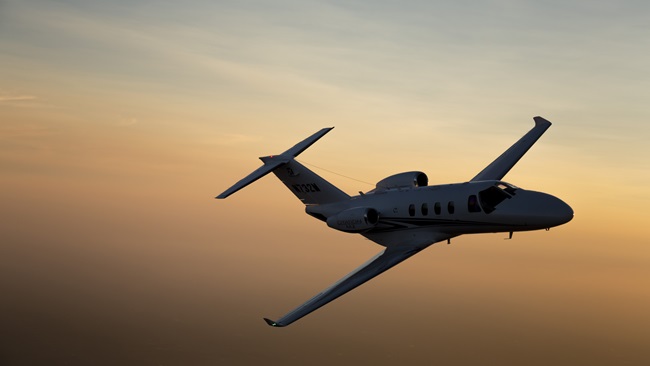First single-lever turboprop upgrade on the horizon
Certification of the first electronically controlled single-lever power control for a turboprop engine is just weeks away, according to officials at Nextant Aerospace.
For years, pilots have asked why turboprop engines can’t be managed electronically, a process that is common on turbofan engines. Working with engine manufacturer General Electric, Nextant has completed flight tests of the new system on their remanufactured King Air C90, dubbed the G90XT. With the data sent to the FAA, they are expecting complete certification in about 30 days.
The changes include a digital pressurization system, engine and fuel system information integrated into the Garmin displays, and a much improved environmental system. The engine upgrade from the stock Pratt & Whitney PT-6 engines to the GE H75 engines results in a 20-knot increase in cruise speed at Flight Level 250 and a 10-percent reduction in direct operating costs, according to Nextant officials. The engines include a 4,000-hour TBO with no requirement for a hot section inspection, a significant cost savings over the stock engines.
At the National Business Aviation Association Convention in Las Vegas, Nextant also updated reporters on the status of its Bombardier Challenger 604 upgrade program, called the 604XT. The program allows customers to upgrade the airplane in a number of ways, including the installation of a Rockwell Collins Fusion touchscreen integrated cockpit for about $600,000. The upgrades include compliance for the Automatic Dependent Surveillance-Broadcast Out mandate and allow for the flying of LPV approaches, among other improvements. An autothrottle system is a $200,000 option. A new interior configuration provides for a more modern and flexible cabin. A wing improvement program can bring an additional 500 nautical miles of range and the ability to climb to Flight Level 450. The stock airplane is limited to FL410.
With the wing changes, the airplane becomes capable of flying from Miami to Paris or Geneva to New York City. Company officials are still negotiating with vendors, but it appears the drag reduction and range improvement will come at least in part from active winglet technology, which reduces drag without requiring additional wing structure.
First flight with the new Fusion panel occurred in September. Nextant officials said to expect the project to cost about $8 million in total, including the airframe. Those with an airframe can get the upgrades for about $4 million.



